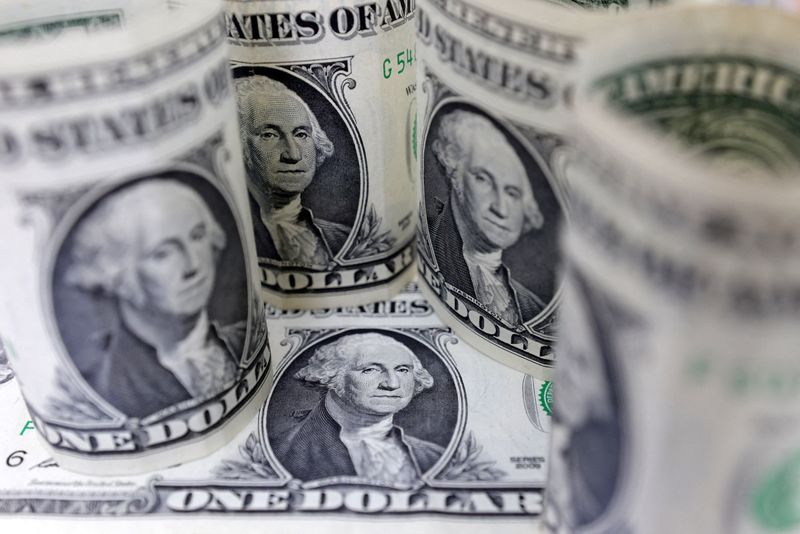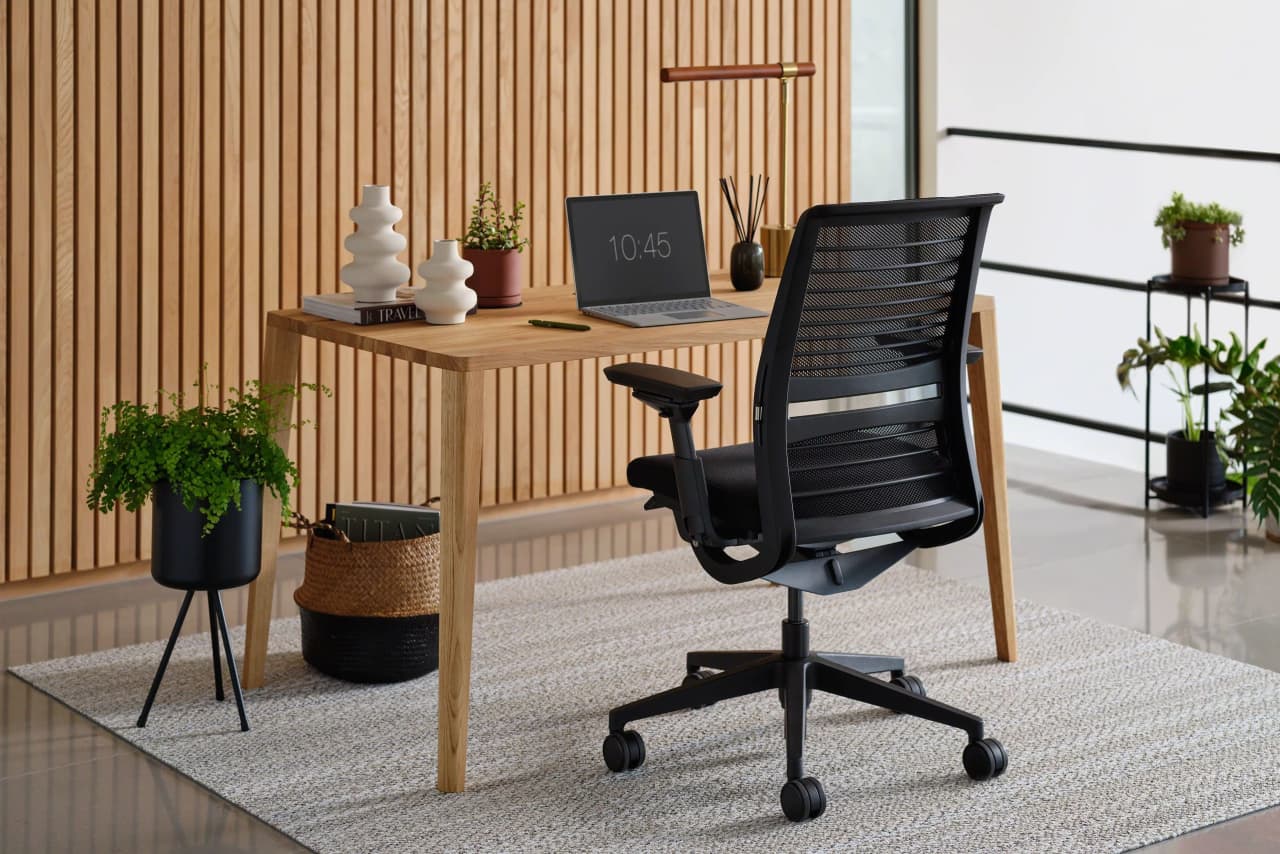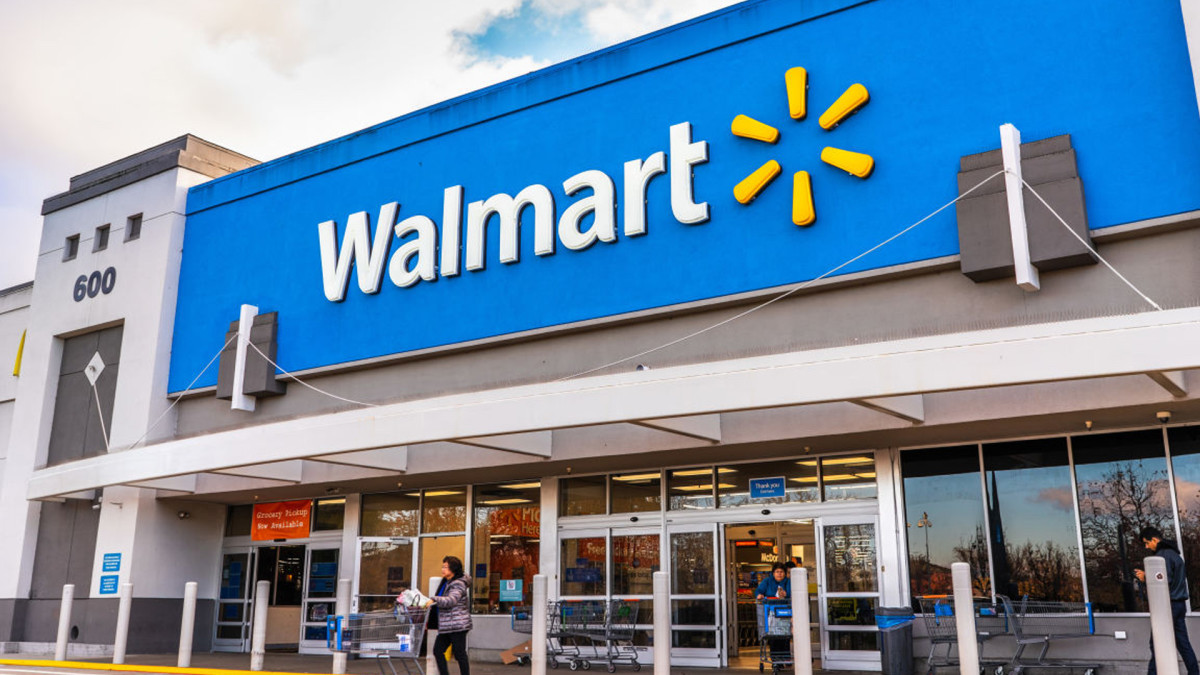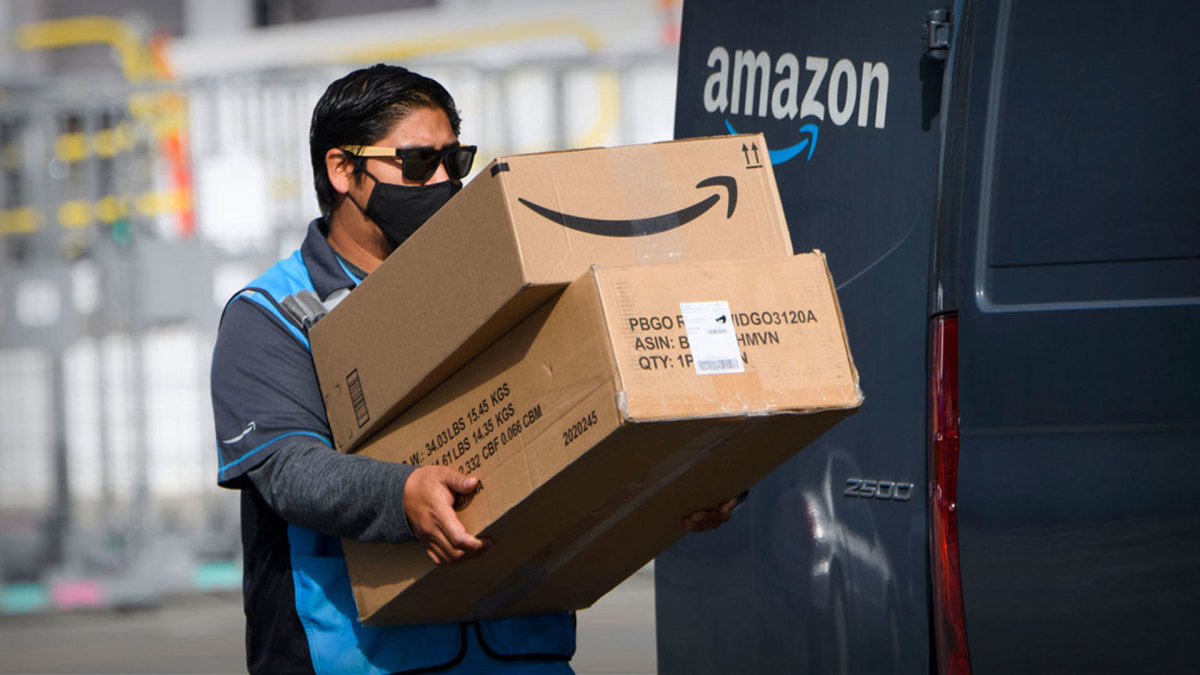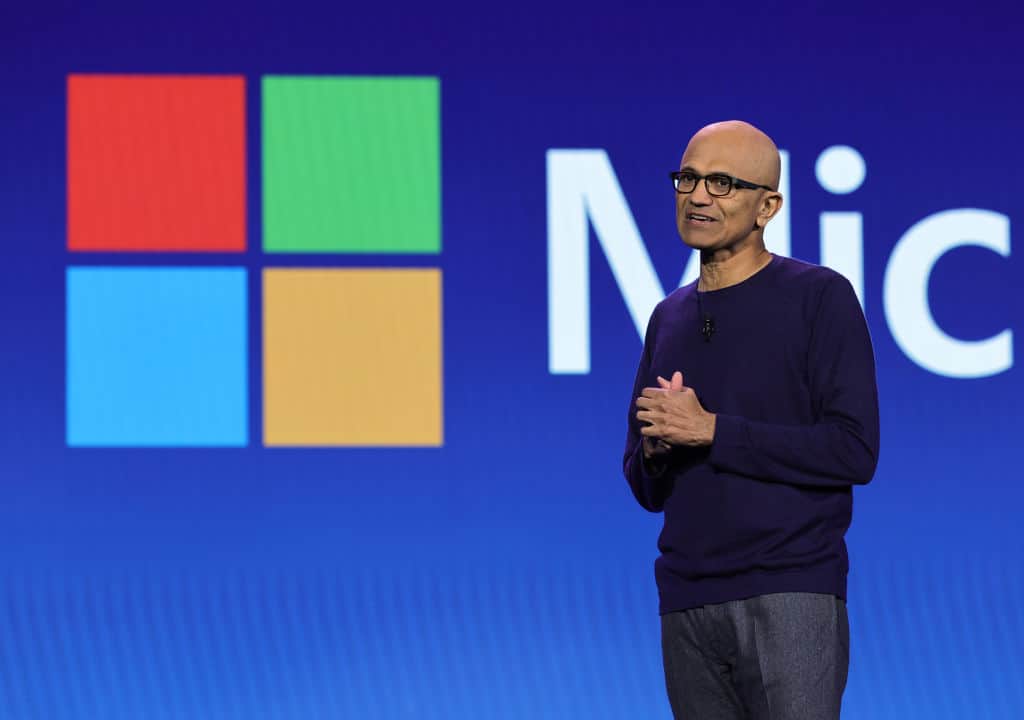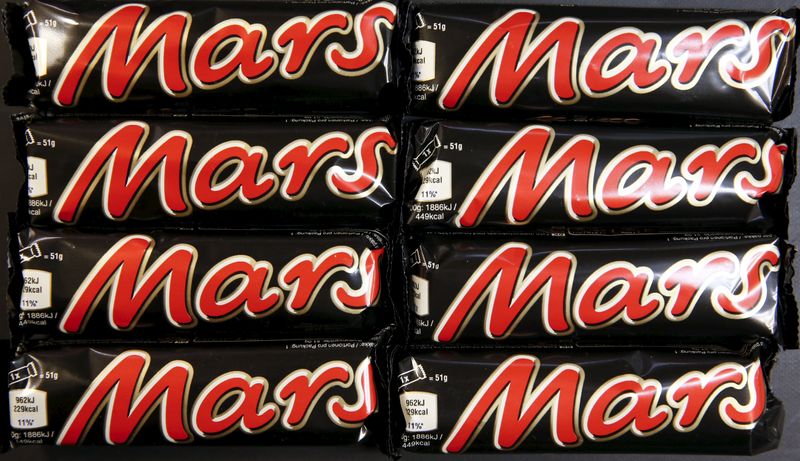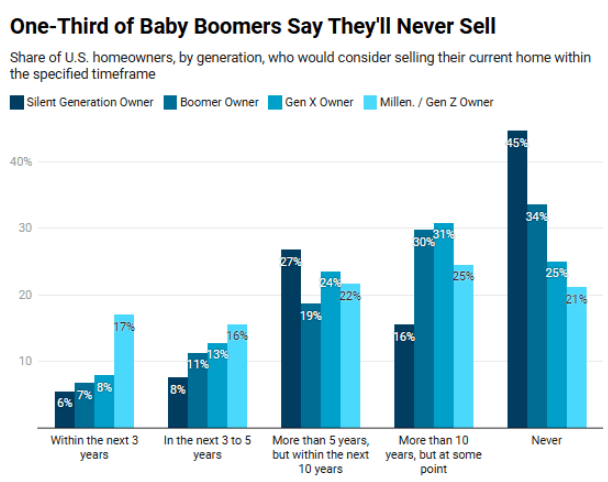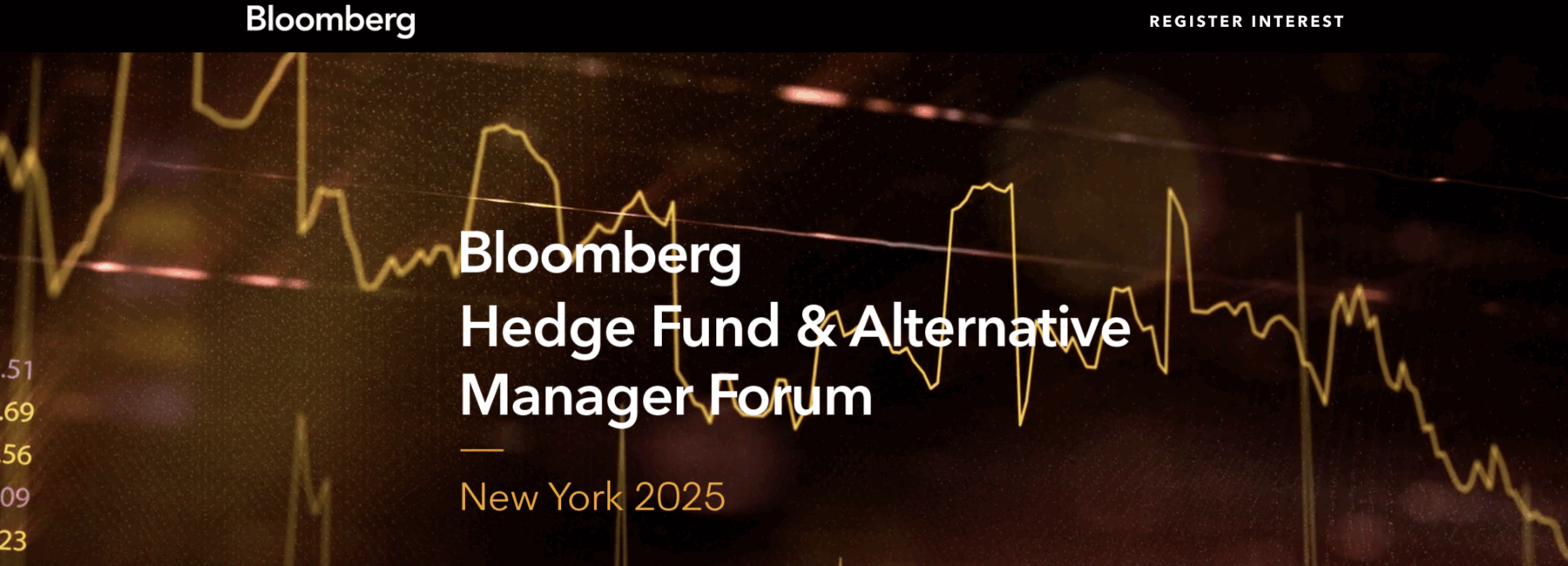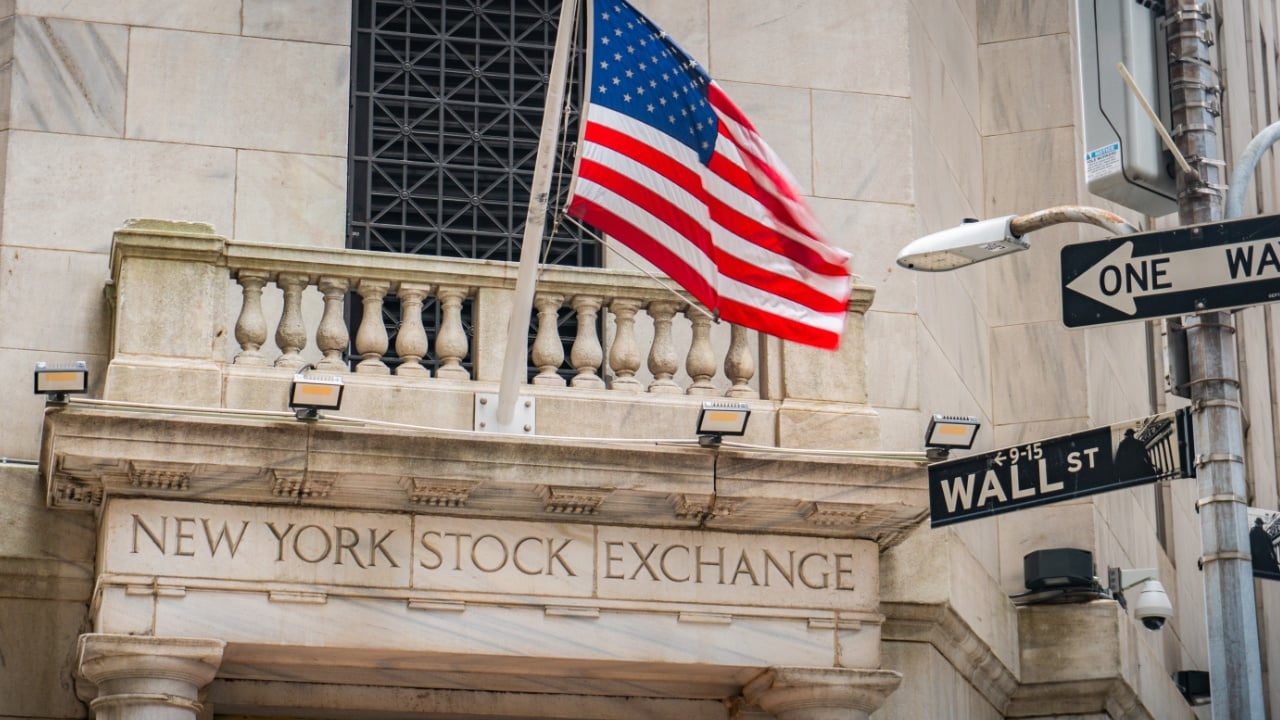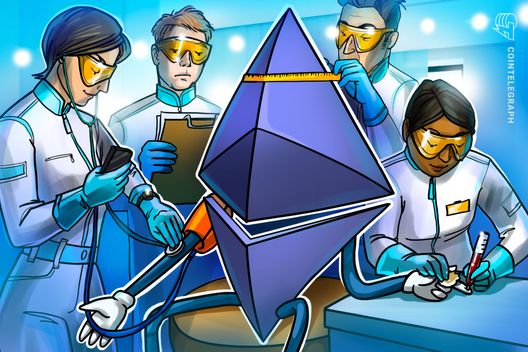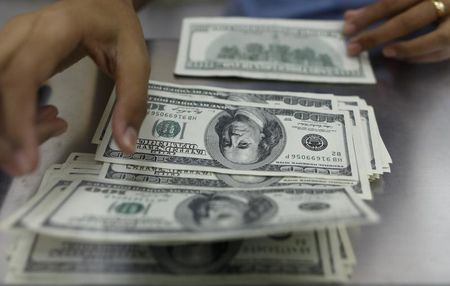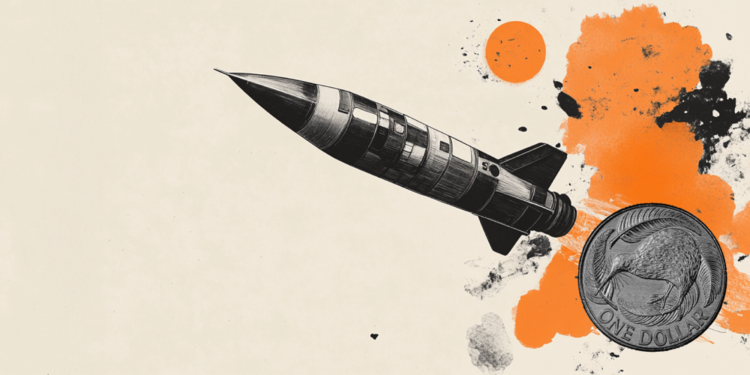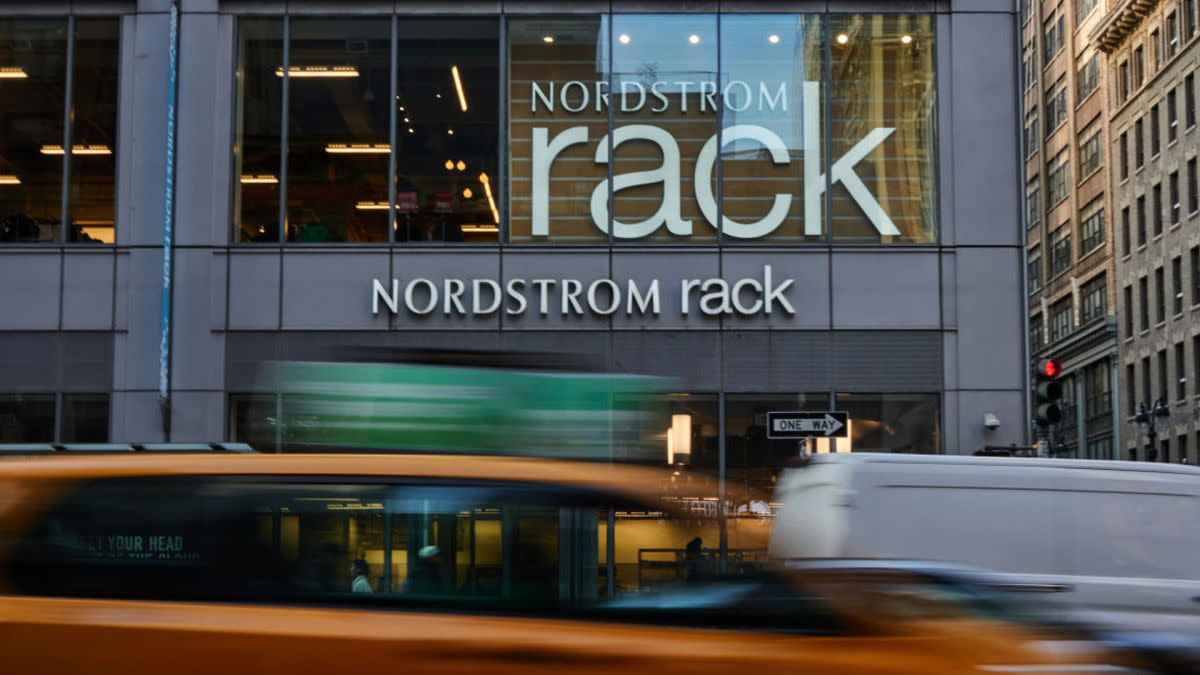Forget CrossFit, this $140 million fitness event is taking over
This new race combines running, strength, and suffering in all the right ways.
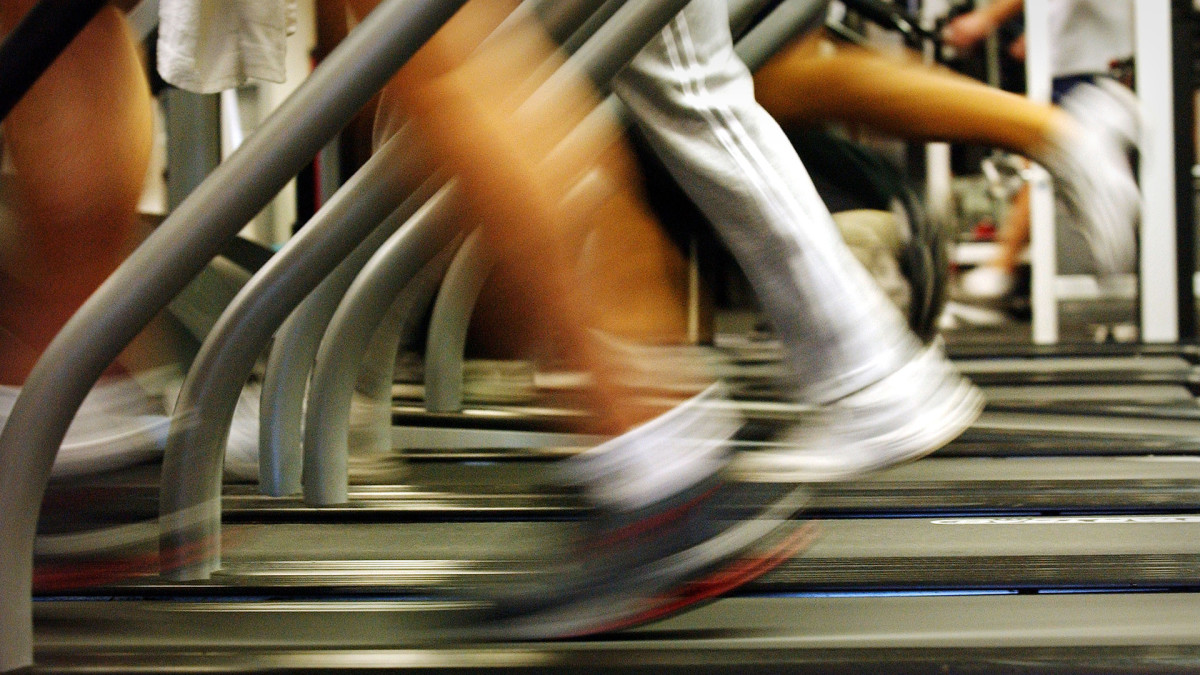
At first, it was the shirtless men.
Ripped, sweaty, and moving in a brutal dance of sprinting, sled pushing, and collapsing in dramatic heaps. My Instagram and TikTok feeds were suddenly full of them.
I raised an eyebrow. What was this?
Then I started seeing women doing it, too.
This wasn’t your average gym reel or fit-fluencer thirst trap. These people looked like they were in the middle of a full-blown endurance event.
Related: Apple Watch, Fitbit rival stuns with bold message
They were sprinting across concrete, dragging sleds, doing wall balls and burpee broad jumps in front of crowds. There were timers, announcers, people in branded gear. Some were even wearing cute matching outfits.
Whatever this was, it clearly wasn’t just a workout.
It looked miserable. It looked competitive. It also looked…strangely hot?
At first, I thought maybe it was just a CrossFit thing. But this felt different — more structured, more polished. It was showing up in London, Miami, Berlin. Everywhere.
So I started digging.
Enter: Hyrox. Image source: De Rosa/AFP via Getty Images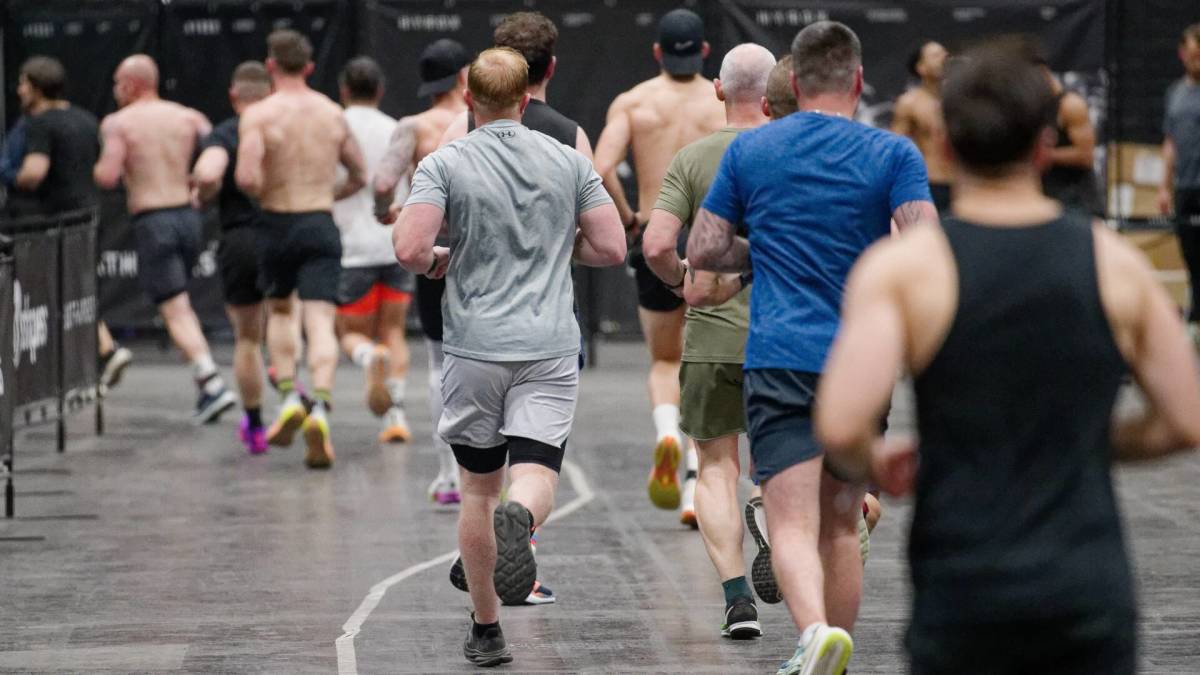
What is Hyrox?
So what is Hyrox?
Founded in Germany in 2017, this race is designed to test both endurance and strength. It always follows the same format: participants run eight 1-kilometer laps, and after each lap, they stop to complete a challenging workout.
Think dragging heavy sleds, rowing machines, burpees, and throwing medicine balls at a target — all done back to back.
The race is open to anyone, with divisions for individuals, doubles, and relays. And because the format doesn’t change, athletes can compare times globally, climb the leaderboards, and even qualify for world championships.
Related: Nike fumbles its biggest launch of the year
It’s what co-founder Moritz Fürste calls "the marathon of fitness," and the numbers are proving it’s catching on.
In 2025, Hyrox will host 83 events and see over 650,000 athletes compete. It operates in 11 countries globally and does approximately $140 million in revenue, according to this interview with Fürste.
In another interview with CNBC, Fürste said, “We will be a global sport,” and it’s hard to argue otherwise.
What started as a niche competition is quickly becoming the next big thing in functional fitness, with mass-market appeal.
How Hyrox is turning workouts into a global business
The rise of Hyrox is more than just a viral trend: it’s a clear signal that the fitness landscape is shifting.
According to Precedence Research, the global health and wellness market is valued at $6.87 trillion in 2025 and is projected to reach $11 trillion by 2034.
That kind of explosive growth creates room for new players, and Hyrox is sprinting straight into the spotlight.
Unlike CrossFit, which varies daily and leans heavily on community boxes, Hyrox events are polished, repeatable, and scalable.
They’re hosted in massive arenas, backed by big sponsors, and designed to feel like legitimate sporting events.
That structure has major business implications. It opens the door to media rights, merchandise, brand partnerships, and global licensing. Think Spartan Race meets Formula 1.
It also gives gym owners something tangible to plug into. Hyrox has launched affiliated training programs and certifications, creating a full ecosystem that lets studios capitalize on the hype.
And people are paying to suffer. Entry fees can range from $90 to over $200. Some events draw thousands of competitors in a single weekend.
For a generation that’s grown tired of boutique cycling classes and globo gyms, this might be the next evolution: suffering together, scoring it, and chasing personal records on a global stage.
Whether it’s the shirtless men or the fact it somehow makes physical torture look fun, Hyrox is the real deal.
Related: The diet mistake 71% of Americans are trying to fix





